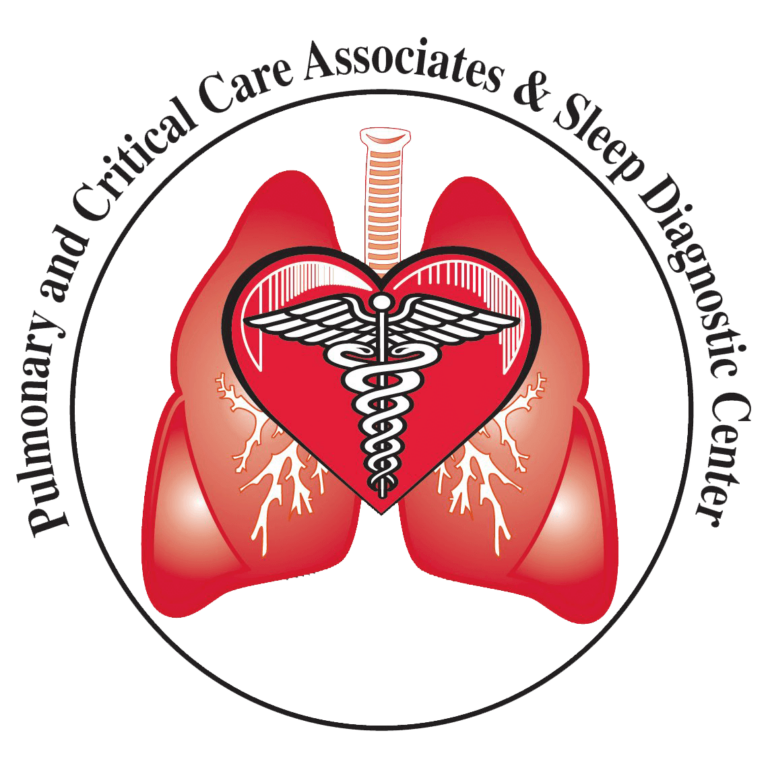What is a pulmonary nodule?
A pulmonary nodule, also called a lung nodule, is a “spot” on the lungs that is seen on a chest X-ray or CT scan. A CT scan is an imaging test that creates pictures of the inside of the body. If there is only 1 spot, it’s called a “single” (or “solitary”) pulmonary nodule.
A single pulmonary nodule usually causes no symptoms. People find out they have it after they have a chest X-ray or CT scan done for another reason.
What causes a pulmonary nodule?
A pulmonary nodule is caused by either:
- A condition that is not cancer – In most cases, a pulmonary nodule is not cancer. It is a growth, small area of infection, or old scar in the lungs. Some medical terms for these things include “granuloma,” which is an area of inflammation, and “hamartoma,” which is a non-cancerous growth.
- Cancer – A pulmonary nodule can be lung cancer, which is when normal cells in the lungs change into abnormal cells and grow out of control. It can also be cancer that started in another part of the body and then spread to the lungs.
How will my doctor know whether my pulmonary nodule is cancer or not?
To help figure this out, your doctor will use the following information:
- Your age
- Whether you have other symptoms or other known cancers
- Whether you smoke or used to smoke
- Whether you have family members with lung cancer
- Whether you have worked with or around a material called asbestos
- The spot’s size and shape on the X-ray or CT scan
- Whether the spot has changed over time – To know this, your doctor will look at any old chest X-rays and CT scans you have.
Based on this information, your doctor will know whether there is a high, medium, or low chance that your pulmonary nodule is cancer.
What if there is a high chance my pulmonary nodule is cancer?
If there is a high chance that your pulmonary nodule is cancer, your doctor will most likely do surgery to remove it.
Before surgery, your doctor will order an imaging test called a PET scan. For this test, a doctor puts a substance in your vein through a thin tube, called an “IV.” Then a special camera takes pictures of your lungs, liver, brain, and bones. A PET scan can show whether the cancer has spread outside of your lungs.
Also before surgery, you will have breathing tests to make sure it is safe to have part of your lung removed.
After surgery, a doctor will look at the nodule under a microscope to see whether it was cancer. If it was cancer, your doctor will discuss possible further tests or treatment. If it wasn’t cancer, you will probably not need any further treatment.
What if there is a medium chance my pulmonary nodule is cancer?
If there is a medium chance that your pulmonary nodule is cancer, your doctor will get more information about the nodule.
For example, for medium-sized or large nodules, your doctor will order a PET scan or do a biopsy (or both). A biopsy is a test in which your doctor will get a sample of tissue from the nodule. Depending on where the nodule is in the lung, your doctor can put a needle through your chest and into the nodule. Or he or she can put a thin tube with a camera and light on the end (called a “bronchoscope”) in your mouth or nose and down into your lungs to get a sample.
After your doctor gets some tissue from the nodule, another doctor will look at the sample under a microscope to see whether cancer is present. If the PET scan or biopsy shows cancer, your doctor will likely recommend surgery to remove the nodule.
If the nodule is small, or if the PET scan shows that the nodule is unlikely to be cancer, your doctor will probably recommend monitoring your nodule. He or she will repeat a CT scan in 3 to 6 months.
Your doctor will also get other information by doing an exam and ordering some blood tests. Further tests are based on these results. For example, if you have a large lymph node (bean-shaped organ under your skin) on exam, you might need other tests.
What if there is a low chance my pulmonary nodule is cancer?
If there is a low chance that your pulmonary nodule is cancer, your doctor will monitor it. He or she will order repeat CT scans. How often the scans are done depends on your individual situation. Most people have repeat CT scans done once or twice a year for up to 5 years.
If your pulmonary nodule does not get bigger over time on repeat CT scans, it is most likely not cancer. Your doctor will then stop ordering repeat CT scans.
If your pulmonary nodule does get bigger over time, your doctor will probably recommend surgery to remove it. Before the surgery, you will probably have a PET scan and breathing tests.






